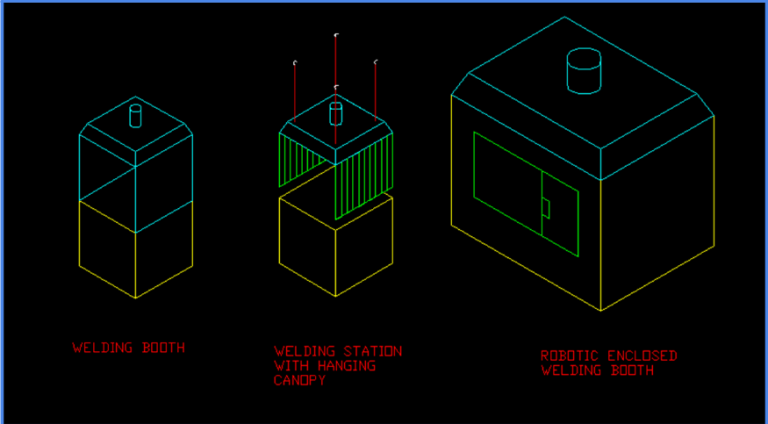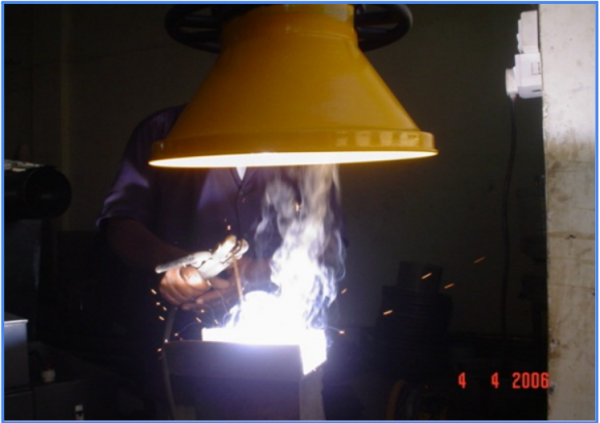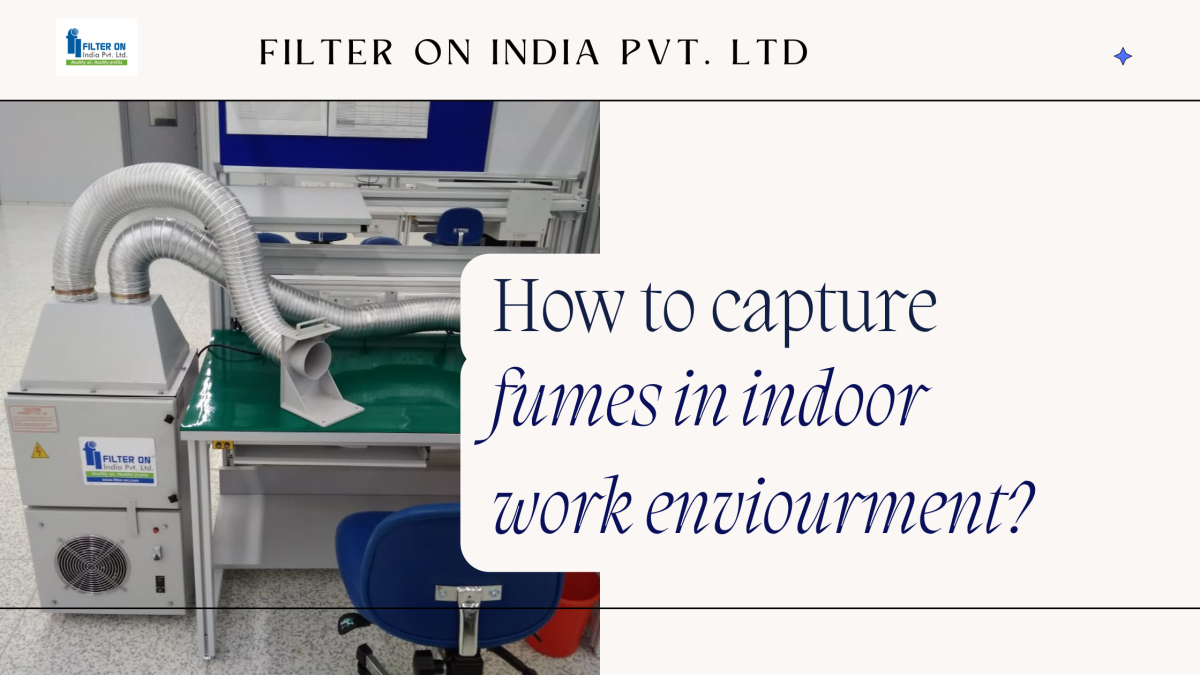Optimizing Fume Capture: Essential Air Flow Calculation Strategies
( Air Flow: The Most Important Parameter for the Effectiveness of Air Pollution Control Systems )
When designing a clean air system air flow calculation is most important task and formulating the air flow calculation strategy for it is most important as we discussed in a previous blog article how you can plan a complete, clean air system. with the help of an air quality mapping test and various factors such as OSHA, ISO, and ACGIH standards. After identification and selection of the fume sources, it is important to understand the basic aspects that make the fume extraction and clean air system successful. These are: 1. Effective Capture of Fumes; and 2. Efficient Filtration of Fumes. In this article, we are discussing how we can capture fumes effectively. and knowing the various standards set by OSHA, ISO, and ACGIH for air flow calculations, as well as capturing the fumes to find the fume extractor capacity requirement, i.e., CMH calculations.
What is air flow?
Airflow is the volume of air moved by a fan per unit of time, usually expressed in cubic feet per minute (CFM) or meters cubed per hour (m3/hr, or CMH). For general ventilation, airflow can be calculated using the area method. Air change method. Occupancy method.
Why is air flow an important metric in ventilation?
The important metric for ventilation is to control the rate of airflow. It is also important to minimize the airflow rate at any given time without compromising the main purpose of the ventilation system, which is good indoor air quality and thermal comfort. One of the easiest ways to save energy is by controlling the rate of airflow.
After identifying the source of fume generation and finding the various sources of fume generation, we can now look at how we can capture these fumes. Here are some factors responsible for capturing fumes.
- Design of the Suction Hood
- Proper Blower Capacity
- Suction Hood Dimensions
- Distance from the Fume Generation Point
- Types of Fumes to Be Captured

Fig:Types of hoods and enclosures

Fig: Welding Operation
The design of the suction hood and the proper capacity of the blower are two of the most critical aspects of any fume extraction system. If we can’t capture fumes effectively, the fumes can't be treated. In the absence of effective capture, fumes will escape from the suction hood and spread throughout the indoor environment, which makes fume extraction systems ineffective.
To optimize the size of such a system, we need to provide an enclosure when the application from which fumes are generated; this will reduce the required airflow as well. E.g A welding table can be provided with an enclosure on three sides and a canopy hood on the top, as shown in the following image.
Sample calculations [case study]
To calculate the air flow in the welding booth, we can use:
A: length of operator side opening
B: Height from Job up to Canopy Hood
** All three sides should be closed up to jobs as shown in the photo.
Air Flow (in Cu M/Hr, i.e., CMH)
= A (in M) X B (in M) X 0.25 X 3600
e.g., if A = 1.2M and B = 1.2M, as shown in the photo, then

Air flow = 1.1 x 1.1 x 0.25 x 3600
= 1089 CMH
From the above example, you may understand that air flow is very important in designing a proper, clean air system. If you want to plan a clean air system, then you must know a few things. To maintain adequate air flow in the clean air system, the following factors are responsible:
- Duct losses
- Friction losses
- Fitting Losses
So you can plan an effective clean air system with the help of the above example and some of the factors discussed above, keeping in mind that an effective clean air system requires adequate air flow capacity to capture fumes effectively. Neither a low nor a high level of CFM is required, i.e., to design a proper clean air system, expert advice is needed, and Filter On India can surely help in this regard. [While comparing any alternatives, the first parameter to be compared is the CFM or CMH value of air flow.]
Filter On India has been working towards “Mission Zero Pollution” for the last 40+ years as a clean air solutions partner for industries. Filter On has 70+ clean air solutions, so you can contact us for more information about our solutions. You can reach us through the web or visit us at Pune, Delhi, Bangalore,Ahmedabad, Hyderabad or Chennai locations.
Facebook
Twitter
LinkedIn


